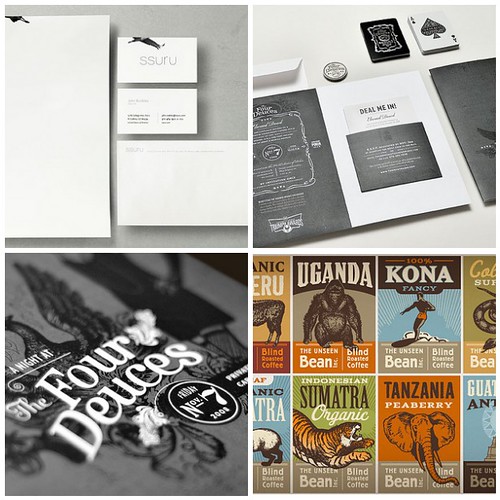After the Henri Prades Museum of Montpellier, the The Etruscans: Masters of Writing exhibition arrives at Maec of Cortona. From 19 March to 31 July 2016 this exhibition should not be missed: the precious texts, ancient artefacts and numerous objects, approximately 100, from the most important museums in Europe, will take you on a fascinating journey into the Etruscan civilization, amongst ancient legends and new discoveries.

The greatest testimonies of Etruscan epigraphy - such as the Zagreb mummy, the Cippus of Perugia, the Tabula Cortonensis and Pyrgi Tablets - and the practice of this writing around the Mediterranean basin, will introduce to you not only the supports and different techniques used, but also the recent acquisitions obtained through continuous research.

The exhibition at the Etruscan Academy Museum of Cortona was started with the aim to clarify all these issues: as documented in the new catalogue, there have been many advances made so far by the study of the syntax and grammar of this language, which in some ways, is still mysterious.

The Etruscan language has no connection with the most famous ancient languages and that is why, to date, it is not fully understood, especially in the meanings of individual terms.

How did the idea of this exhibition at the Estruscan Museum in Cortona for the event in Cortona and in Montpellier come about? The recently discovered Etruscan inscriptions at the site of Lattes (Montpellier) - a sign of the presence of Etruscan merchants in France - the discovery of the Tabula Cortonensis, the bronze artefacts found in Cortona in 1992 and other recent discoveries have brought the Louvre Museum, the Henri Prades Museum at Lattes and MAEC Cortona - already linked by scientific collaborations - to design 'the Etruscans: Masters of writing’, in order to make the results of recent studies and research on this interesting topic public.

It should also be remembered that the last exhibition on Etruscan writing was organized more than 30 years ago, and therefore, it was felt that an update on the topic, was more necessary than ever. Even so, Cortona events is really proud to present this special exhibition!

Among the events in Cortona, Italy scheduled for this year, you should visit 'the Etruscans: masters of writing', the extraordinary exhibition at the Estruscan Museum in Tuscany that addresses an always exciting and fascinating topic such as the Etruscans, the undisputed star in the entire Mediterranean basin between the VII and the first century B.C..

The aura of mystery that still surrounds this idiom is due to the fact that, even if you can read it with relative ease using a kind of Greek alphabet, the meanings of the individual words are not yet understood, having no analogy with the common Indo-European languages such as Latin and Greek.

The lack of understanding is also dependent on the loss of the entire Etruscan literature as well as on the brevity and repetitiveness of the few legal, funerary or trade texts found so far.

That's why today, the Etruscan people and their language still have a dark side and for this reason particularly fascinating, also fuelled by the excessive alteration of their culture derived from the archaeological excavations that took place in the 19th century. In fact, all the research conducted at that time was aimed to investigate only the funerary matters, particularly focused on the careful preparation of the passage to the afterlife but left out other important peculiarities of these people such as their deep religious beliefs or values given to the family.

It is worth spending a few words on the location of the exhibition in Maec Cortona. Located in a historic building, Palazzo Casali, the Etruscan Academy Museum and of the City of Cortona hosts numerous masterpieces of this fascinating civilization. On the ground floor you can admire bronze artefacts from Trestina and Fabbrecce sites, decorations from archaic mounds of the plain of Cortona, the aforementioned Tabula Cortonensis and some remains of the Roman villa of Ossaia.

On the upper floors there are the ancient collections of the Etruscan Academy, such the bronze collection, the famous Etruscan chandelier - one of the most valuable pieces of the museo Estrusco Cortona Maec - the section devoted to Egypt, and the 18th-century library.
Credit: Toscana Inside [March 20, 2016]















